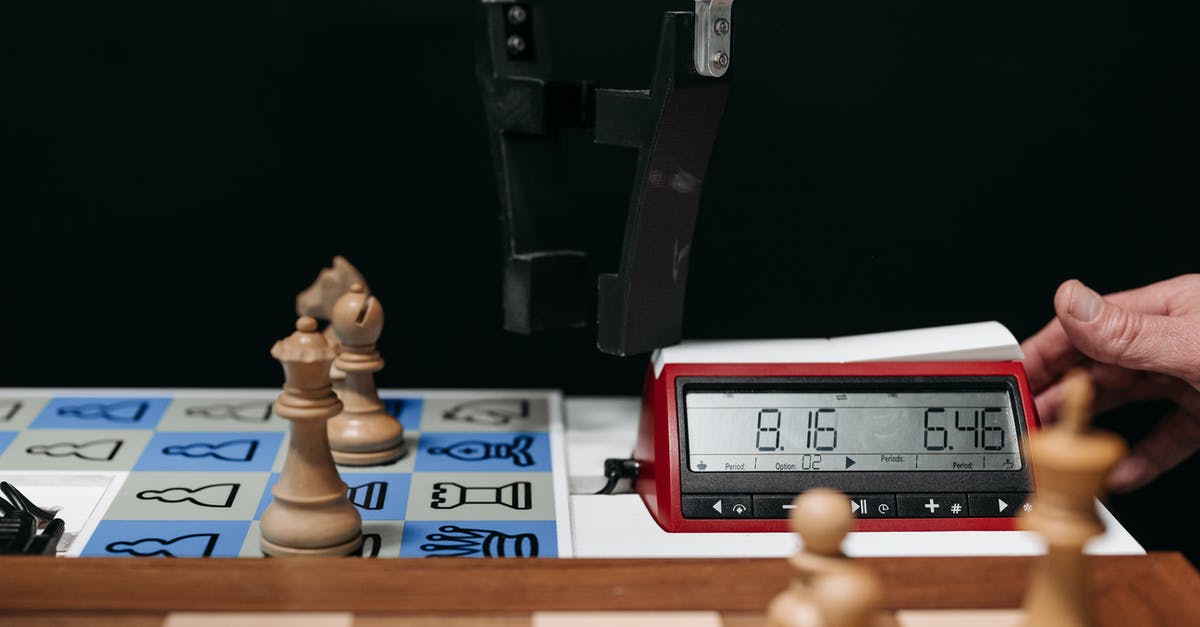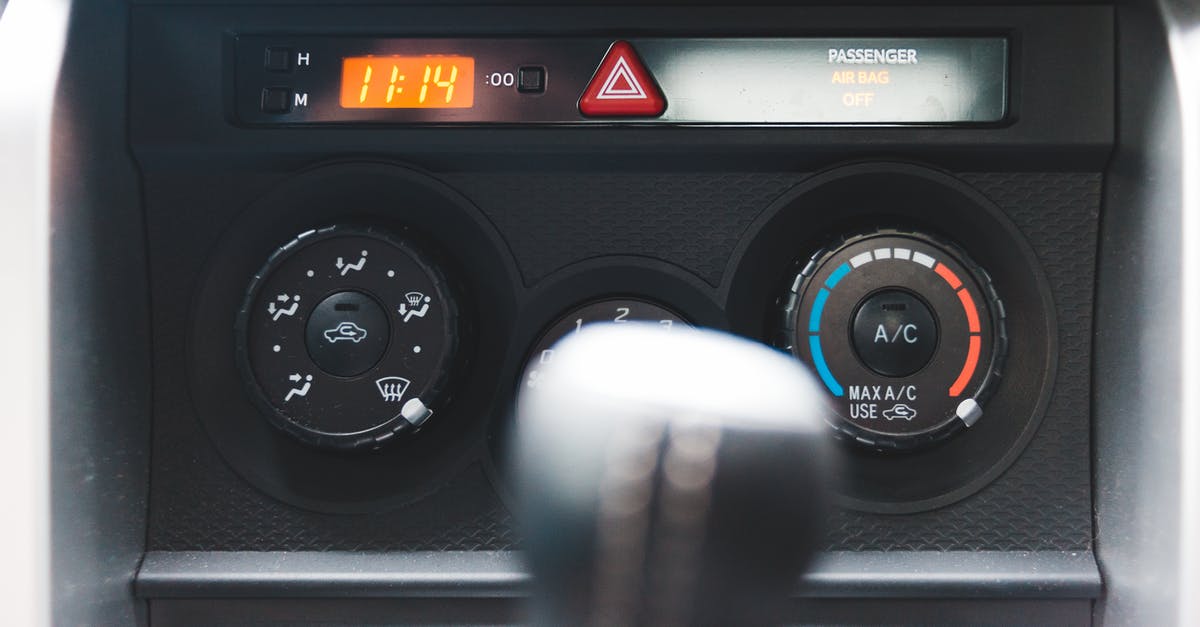How did the time machine explode?

In the movie Terminator Genisys, we learn at the start how the time machine works. Specifically, one of the humans explains its limitations:
Kyle Reese: No weapons?
Female soldier: We've measured the magnetic field. It'll rip apart anything not encased in living tissue. Think "tin foil in a microwave." Times a few billion. Nothing left but a crater. Oh, no clothes, either.
Later on, we see
John Connor, infected by the machines to become one of them, gets torn to pieces in the incomplete time machine and causes a massive explosion.
Based on what we know in-movie, the time machine's field cannot touch anything that is not living tissue: even clothing which is dead tissue (e.g. cotton) would not be good. So far so good.
This explanation also agrees with the results of the final usage of the time machine, operational or not.
However, it is unclear why non-living tissue would cause such a violent reaction.
If it is due to a strong magnetic field, said field would easily penetrate living tissue and interact with the metal of terminators that use the time machine. Other terminators sent back in time would also have caused catastrophic failures.
If it is due to some other form of electromagnetic radiation, it would likely also cook living tissue (e.g. Kyle Reese) if strong enough to cause an explosion with exposed metal.
Is there any in-universe explanation from any of the Terminator movies regarding why metal would cause a time machine to explode?
Best Answer
No. The movies do not delve into the specifics of the time machine's workings, other than what is stated. The Time Displacement Equipment must work on physical properties that are different from real world physics, as we know it. We know that even a common MRI machine would affect the nanites in the infected John, so the Time Displacement Equipment does not produce a common electromagnetic field.
But it's mentioned that a biological organisms bioelectric field protects them. Terminators have a thin living skin that produces this field.
It's possible that this field couples with something produced by the Time Machine, reducing or changing how it effects metal. How two fields couple can increase or reduce em field strengths.
Alternatively, the bioelectric field can act as a sort of Faraday Cage, conducting the Time Machine's field around the skin, instead of through it. Typically, real world Faraday shields are made of fine mesh metal, and used to isolate things in the inside from RF interference outside of the cage (or vis versa). Common in electronic testing.
Finally, the organic field can act like a material that's opaque to certain wavelengths of radiation. Think lead to X-rays.
As to why the Prototype Time Machine seen in Genisys exploded with John Conner, a simple physics reason would be inductive heating, which would be very dangerous to any number of battery types. Not knowing what powers the nanites, we do know that the T-800 series Terminators have Nuclear Power Cells (The T-850 has 2 Hydrogen Fuel Cells, and the T-900 (SCC) has an Iridium Fuel Cell). Any sort of melting or heating of such a fuel cell can easily produce explosive potential. As seen in T3, a damaged cell explodes in the same manner as a nuclear bomb, on a smaller scale.
Pictures about "How did the time machine explode?"



The Time Machine - Time Explosion / “Changing The Future”
More answers regarding how did the time machine explode?
Answer 2
It is mentioned in the beginning (when we first see the new time machine) that it is not complete and they are still working on it.
Hence, it could be speculated that as it was not complete - the necessary tools/mechanisms were not in place to prevent an overload; which led to the explosion.
Sources: Stack Exchange - This article follows the attribution requirements of Stack Exchange and is licensed under CC BY-SA 3.0.
Images: Pavel Danilyuk, Erik Mclean, Erik Mclean, Pixabay
